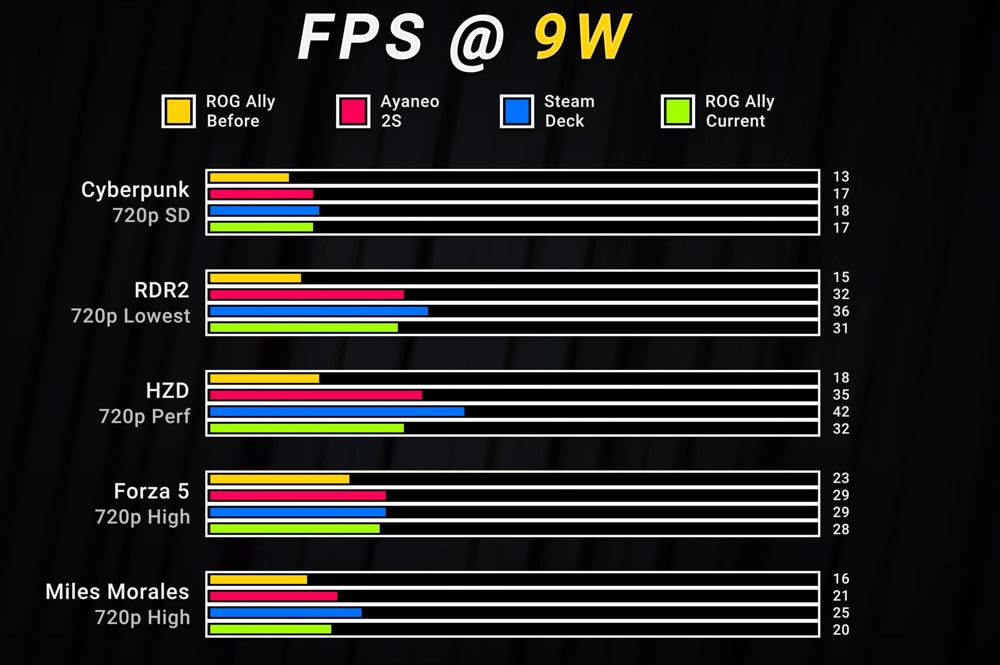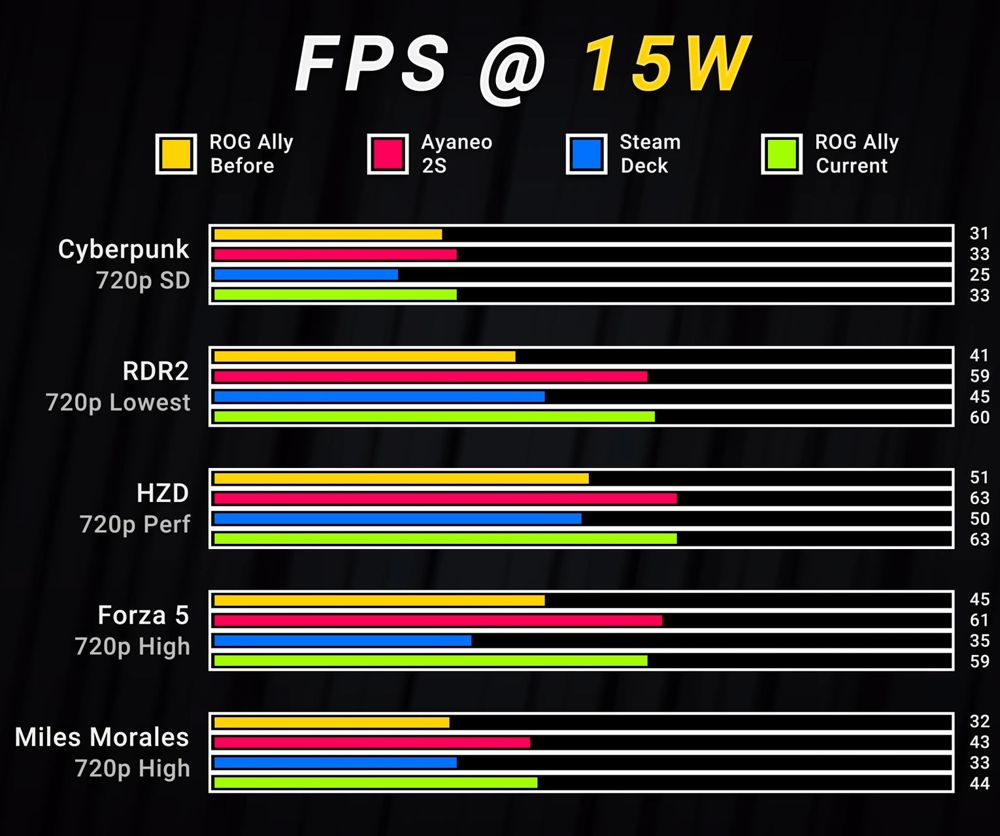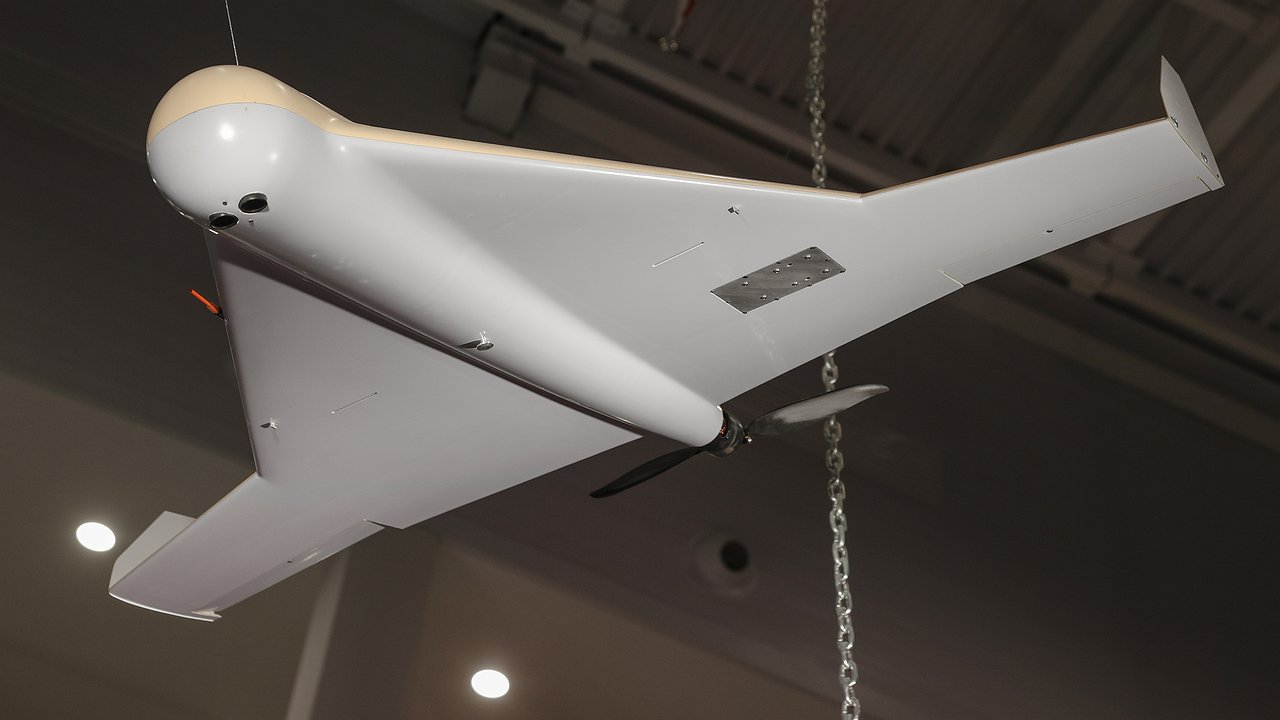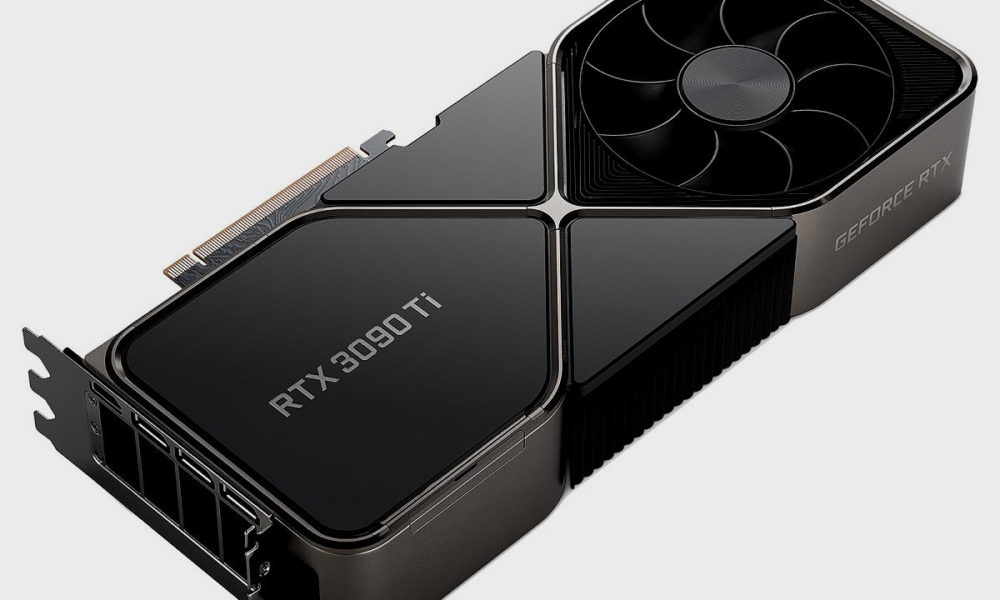ASUS ROG Ally has a lot to prove, and to better exploit this potential, the Taiwanese hardware components and devices giant has released new firmware version that increases performance by up to 20%.
Looking a little deeper into the new firmware for the ASUS ROG Ally, it’s important to note that it only works if you have the latest graphics drivers installed, the performance improvements it provides are geared towards mainly for low-energy contexts, 9 and 15 watts specifically. We remind you that there are two variants of the console that use the existing AMD Ryzen Z1 APU models, but for now only the standard one has been launched, while the Extreme should be available from June 16.
He youtuber Dave2D has published a series of graphs where you can see the results of the performance level of the new firmware compared to the previous one and running games at 720p resolution on the standard variant of the console. Here you can see that the new firmware version brings a very significant improvement in terms of performance, between 15 and 20 percent, and puts the ASUS ROG Ally on par with the AYANEO 2S, another flagship x86 console.
Steam Deck was left behind, but it’s important to note that Valve’s device focuses more on efficiency than raw power, in addition to being an older technology when using an APU with Zen 2 architecture at the CPU level and RDNA 2 for integrated graphics. The Z1 Ryzens used by ASUS ROG Ally variants are based on Zen 4 and RDNA 3 architectures respectively.

When it comes to running games at 9 watts, the Steam Deck is still able to show some superiority and what’s more, the Valve console is able to run at 3 watts when running 2D isometric perspective games and they are quite light in terms of performance. hardware resources of the machine. In all the decades of the existence of the video game industry, there are many titles that were technologically superior in their time, but which today can push even very modest machines in ultra quality.
ASUS ROG Ally was released recently so hopefully he still has plenty of room for improvement both at the level of firmware, drivers and operating system, not only with regard to generating more frames per second, but also in a more efficient use of available resources, which is the autonomy that the battery offers. a very important point in these devices.
















